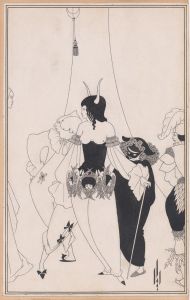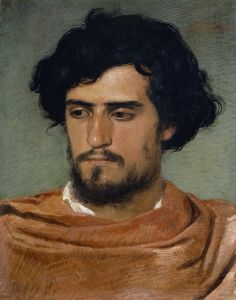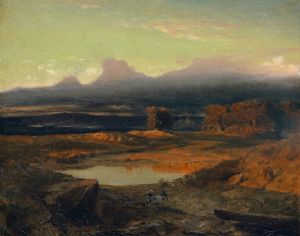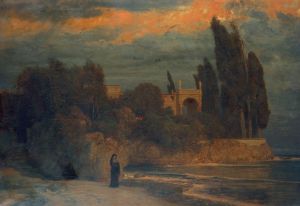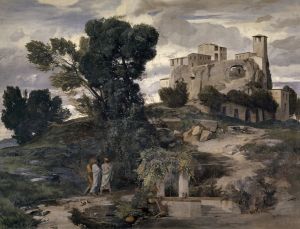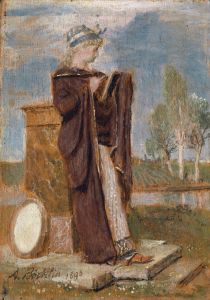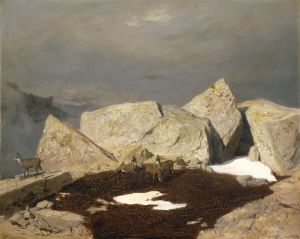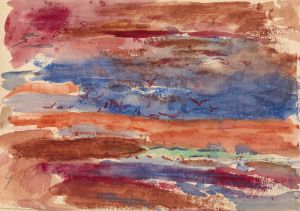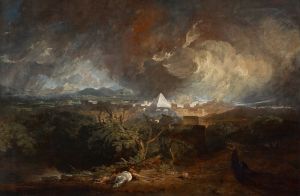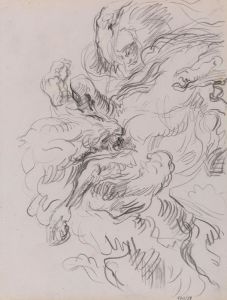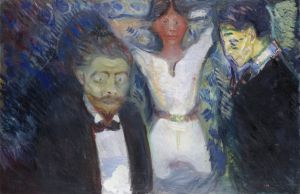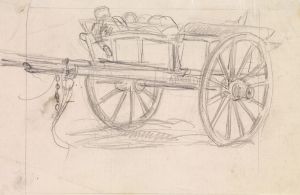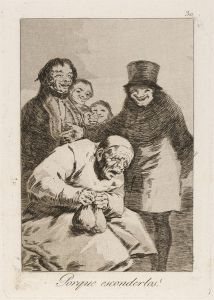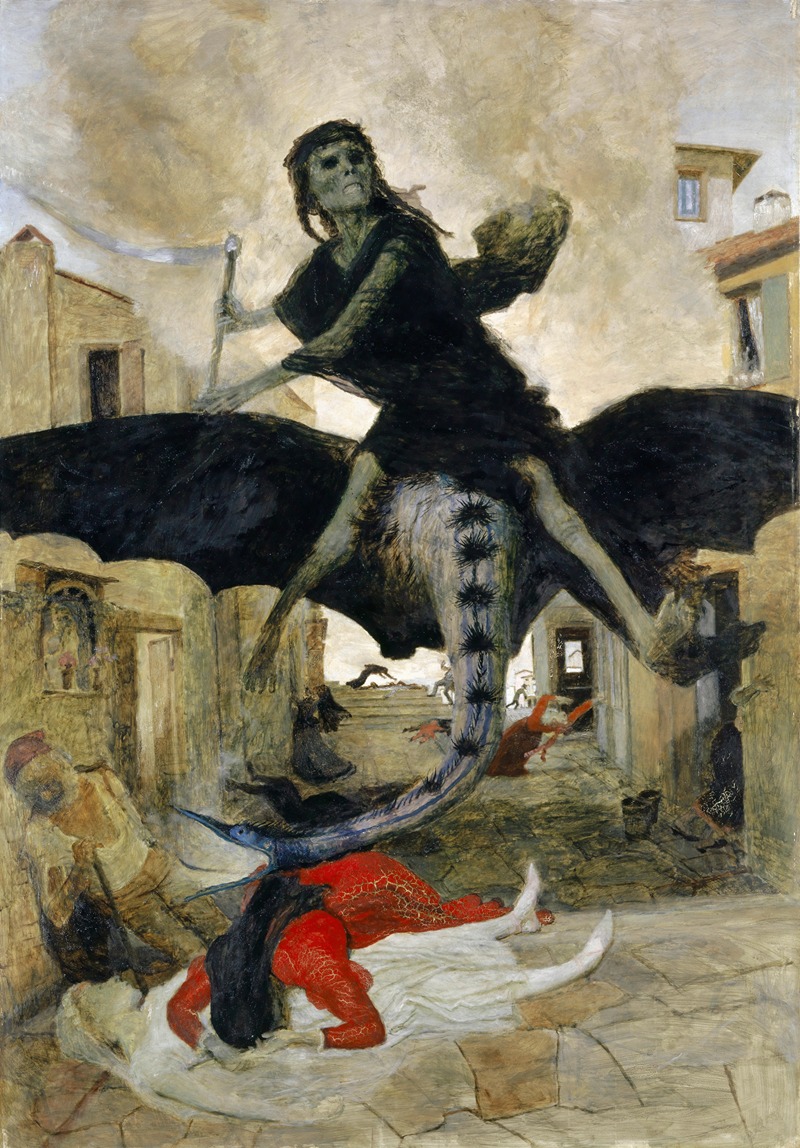
The Plague
A hand-painted replica of Arnold Böcklin’s masterpiece The Plague, meticulously crafted by professional artists to capture the true essence of the original. Each piece is created with museum-quality canvas and rare mineral pigments, carefully painted by experienced artists with delicate brushstrokes and rich, layered colors to perfectly recreate the texture of the original artwork. Unlike machine-printed reproductions, this hand-painted version brings the painting to life, infused with the artist’s emotions and skill in every stroke. Whether for personal collection or home decoration, it instantly elevates the artistic atmosphere of any space.
Arnold Böcklin's "The Plague" is a notable painting created in 1898 by the Swiss symbolist artist, known for his imaginative and often fantastical works. Böcklin was a prominent figure in the Symbolist movement, and his paintings frequently explored themes of death, mythology, and the supernatural. "The Plague" is a striking example of his ability to evoke emotion and provoke thought through dramatic and sometimes unsettling imagery.
The painting depicts a grim scene that captures the terror and chaos associated with a plague outbreak. In the foreground, a skeletal figure, often interpreted as the personification of Death, rides a winged creature, reminiscent of a dragon or a bat, as it swoops down over a city. This figure wields a scythe, a traditional symbol of death, emphasizing the theme of mortality. The city below is in turmoil, with people fleeing in panic, illustrating the widespread fear and devastation caused by such an epidemic.
Böcklin's use of color and composition in "The Plague" enhances the painting's dramatic impact. The dark, muted tones create a somber atmosphere, while the dynamic movement of the figures adds to the sense of urgency and chaos. The contrast between the dark, ominous sky and the pale, ghostly figure of Death further accentuates the painting's eerie quality.
"The Plague" reflects the broader cultural and historical context of the late 19th century, a time when Europe was grappling with the effects of industrialization, urbanization, and the lingering memories of past pandemics. Although the painting does not depict a specific historical event, it resonates with the collective memory of plagues that had periodically swept through Europe, such as the Black Death in the 14th century and subsequent outbreaks.
Böcklin's work often drew on mythological and allegorical themes, and "The Plague" can be seen as an allegory for the inevitability of death and the fragility of human life. The painting's symbolic elements invite viewers to reflect on the nature of mortality and the existential fears that plague humanity.
Arnold Böcklin's influence extended beyond his lifetime, impacting various artists and movements, including the Surrealists and the German Expressionists. "The Plague" exemplifies his unique ability to blend realism with fantasy, creating a haunting and thought-provoking image that continues to captivate audiences.
Today, "The Plague" is housed in the Kunstmuseum Basel in Switzerland, where it remains an important part of Böcklin's oeuvre and a significant example of Symbolist art. The painting's enduring appeal lies in its powerful imagery and its ability to evoke deep emotional responses, making it a compelling subject for art historians and enthusiasts alike.





